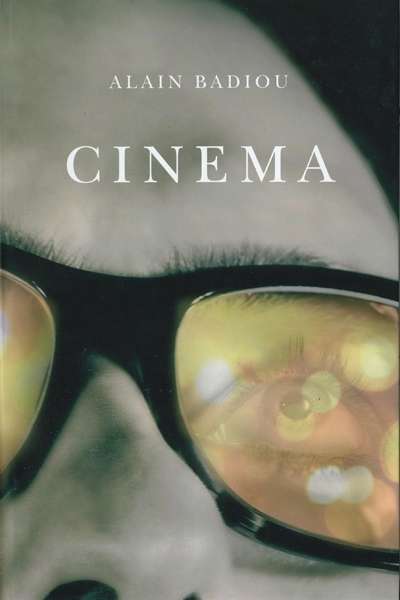Film Studies
A Life of Barbara Stanwyck by Victoria Wilson & Barbara Stanwyck by Andrew Klevan
A chronicle of Nigeria in the turbulent 1960s, Chimamanda Ngozi Adichie’s novel Half of a Yellow Sun (2006) is, to put it crudely, a page-turner: a story of love, sex, betrayal, horror, heartbreak, and, ultimately, forgiveness. In other words, ideal material for cinema: it is easy to understand why this film adaptation has been described by its star Thandie ...
Dallas Buyers Club is the latest and largest in a growing number of period and documentary films about Aids in America. It envisages a time in the 1980s when people living with HIV/Aids existed in a socio-political combat zone in addition to the battles being waged in their own immune systems. Dallas Buyers Club is allegedly a different kind of Aids fi ...
Ripping Open the Set: French Film Design, 1930–1939 by Ben McCann
P.L. Travers (1906–96) did her best to keep her private life private. Perhaps her reservations harked back to the days before she penned Mary Poppins (eight novels, 1934–88) when she was a human interest columnist for a daily newspaper. As a writer of both journalism and fiction she knew as well as anyone that hearsay and speculation were quite different ...
Stolen Glimpses, Captive Shadows: Writing on Film 2002–2012 by Geoffrey O'Brien
World Film Locations: Melbourne edited by Neil Mitchell
Cinema by Alain Badiou, translated by Susan Spitzer
Stranger by the Lake is set entirely within the perimeters of a cruising ground for men by the shores of a lake in France. There unfolds a perfectly simple temporal conceit in which the cruiser, a handsome thirty-something everyman called Franck (Pierre Deladonchamps), arrives each summer day, parks his car, and walks down to the pebbled beach by the lake’s edge. That this is a narrative of repetitions becomes clear the third or fourth time we see the sunny establishing shot of the makeshift carpark where Franck parks his Renault. His routine documents almost ethnographically what happens at the cruising ground: he walks down to the beach, greets some acquaintances, takes off his clothes, swims, sunbakes, waits, rummages around in the scrub for sex, then does it all again.
... (read more)





